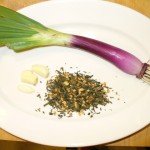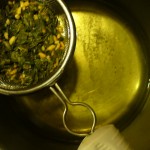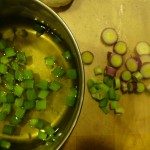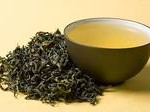Japan Firm Recalls China Tea on Pesticide Fears
by Naharnet Newsdesk 12/11/2012
Japanese food company Ito En on Tuesday issued a huge recall of Chinese-grown tea after some of it was found to contain illegal levels of pesticide residue.
The firm said it was recalling about 400,000 packages of Oolong tea after spot testing revealed pesticide residue levels above Japanese food safety limits.
Ito En said it started testing the tea from China’s southern Fujian province after another Japanese teamaker announced last month it had found similarly high pesticide levels in its China-sourced tea.
“We found the higher levels of pesticide residue after conducting voluntary tests following another company’s announcement about Oolong teabags,” an Ito En spokesman told Agence France Presse.
But he insisted the findings were not an imminent health risk, adding that the firm had not received any complaints from customers.
The spokesman said the tea had passed sample testing performed in China, which has been hit by a string of food safety scandals in recent years.
Ito En said it may strengthen its testing of the traditional-style Oolong tea and has sent company officials to China to investigate the matter.
“We will suspend sales of the relevant products until we find out the cause,” he said.
The tea under recall has expiry dates from mid to late November 2013.
Excerpted from article here
———————————————————————-




